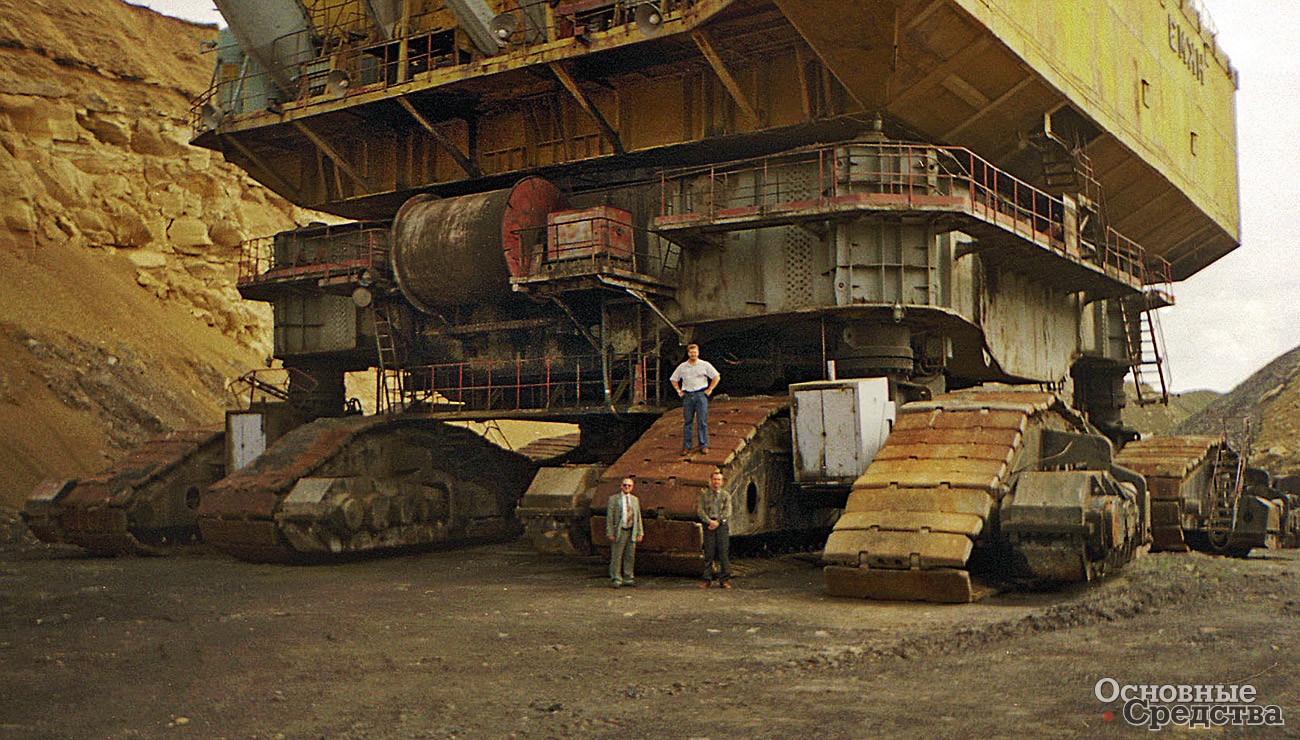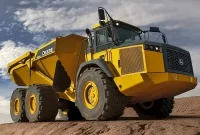In the dynamic landscape of construction, mining, and infrastructure development, the role of heavy equipment machines cannot be overstated. These mechanical behemoths, ranging from excavators to bulldozers, play a pivotal role in shaping the modern world. As technology advances, heavy equipment machines are reaching new heights, not only in terms of physical capabilities but also in their impact on efficiency, safety, and sustainability.
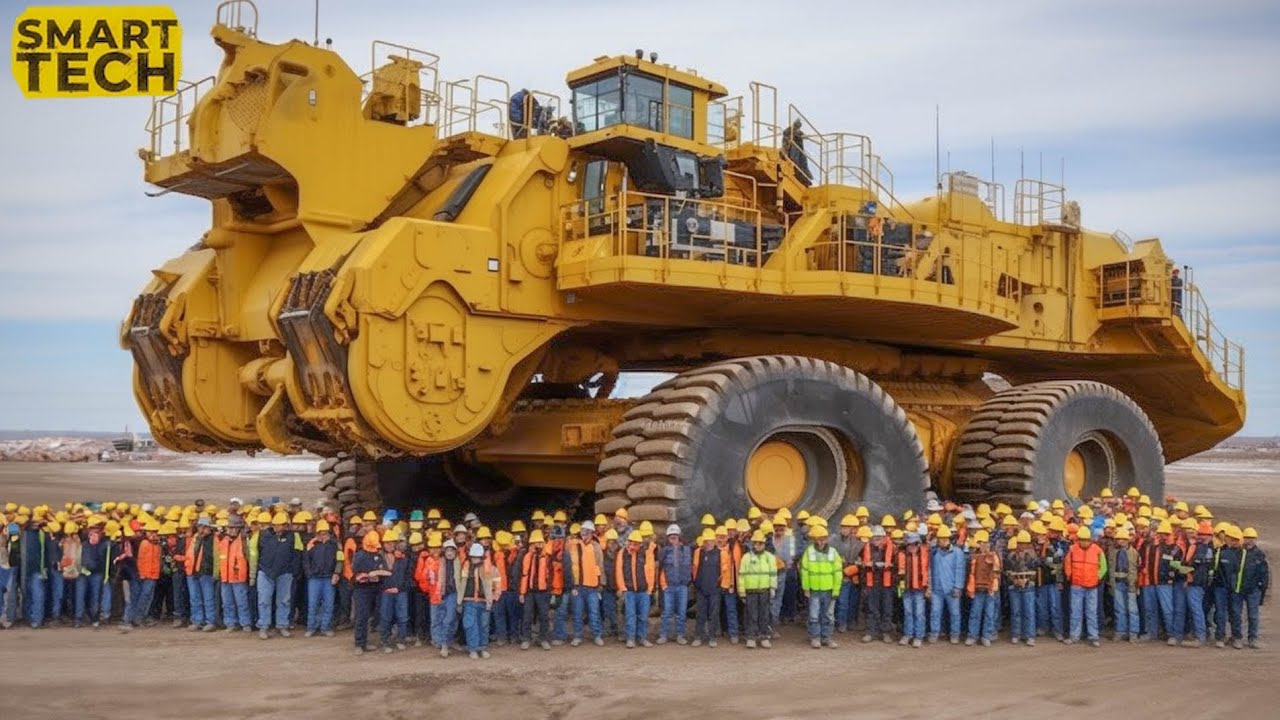
One of the key trends reshaping the heavy equipment industry is the integration of cutting-edge technology. Modern excavators, for example, are no longer just robust digging machines; they are equipped with state-of-the-art control systems, GPS navigation, and telematics. These advancements not only enhance precision in excavation tasks but also contribute to a safer and more streamlined construction process.
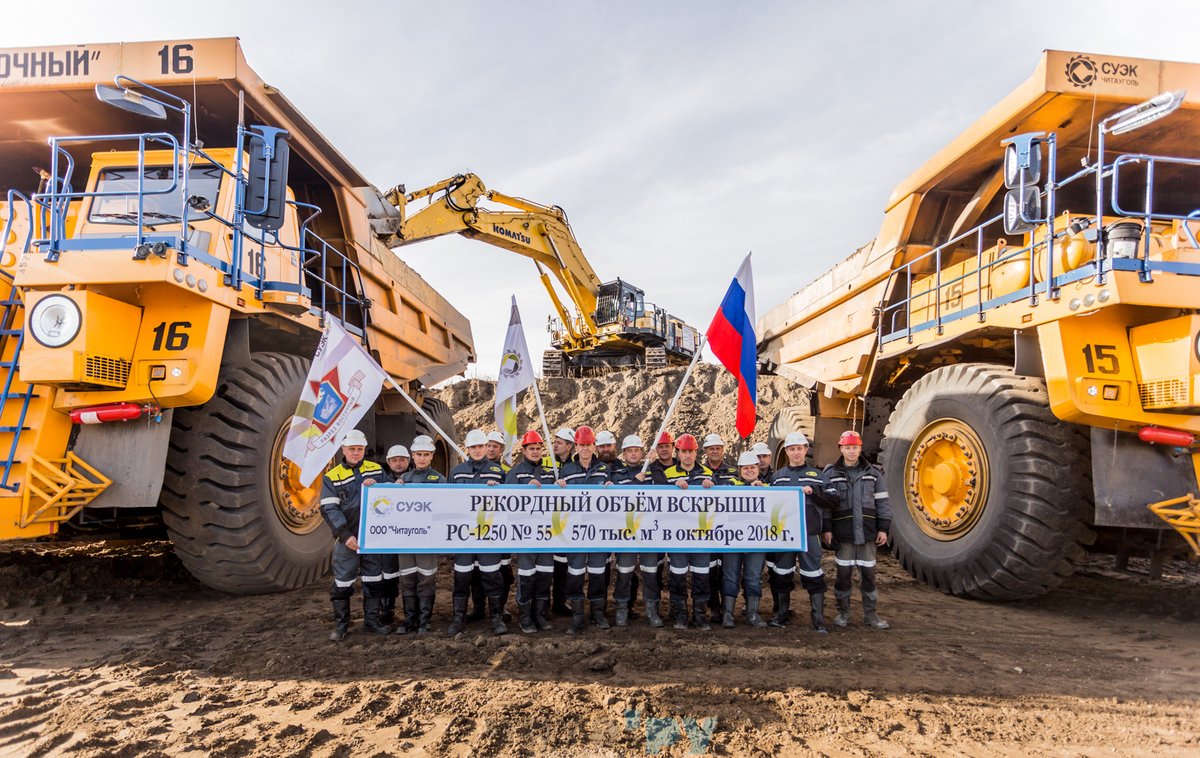
In the realm of earthmoving, bulldozers have undergone a transformation, thanks to advancements in automation and artificial intelligence. Intelligent dozer systems now enable machines to perform tasks with a level of accuracy and efficiency previously unimaginable. These smart bulldozers can navigate complex terrains, adjust blade angles dynamically, and optimize fuel consumption, ultimately elevating performance to unprecedented levels.
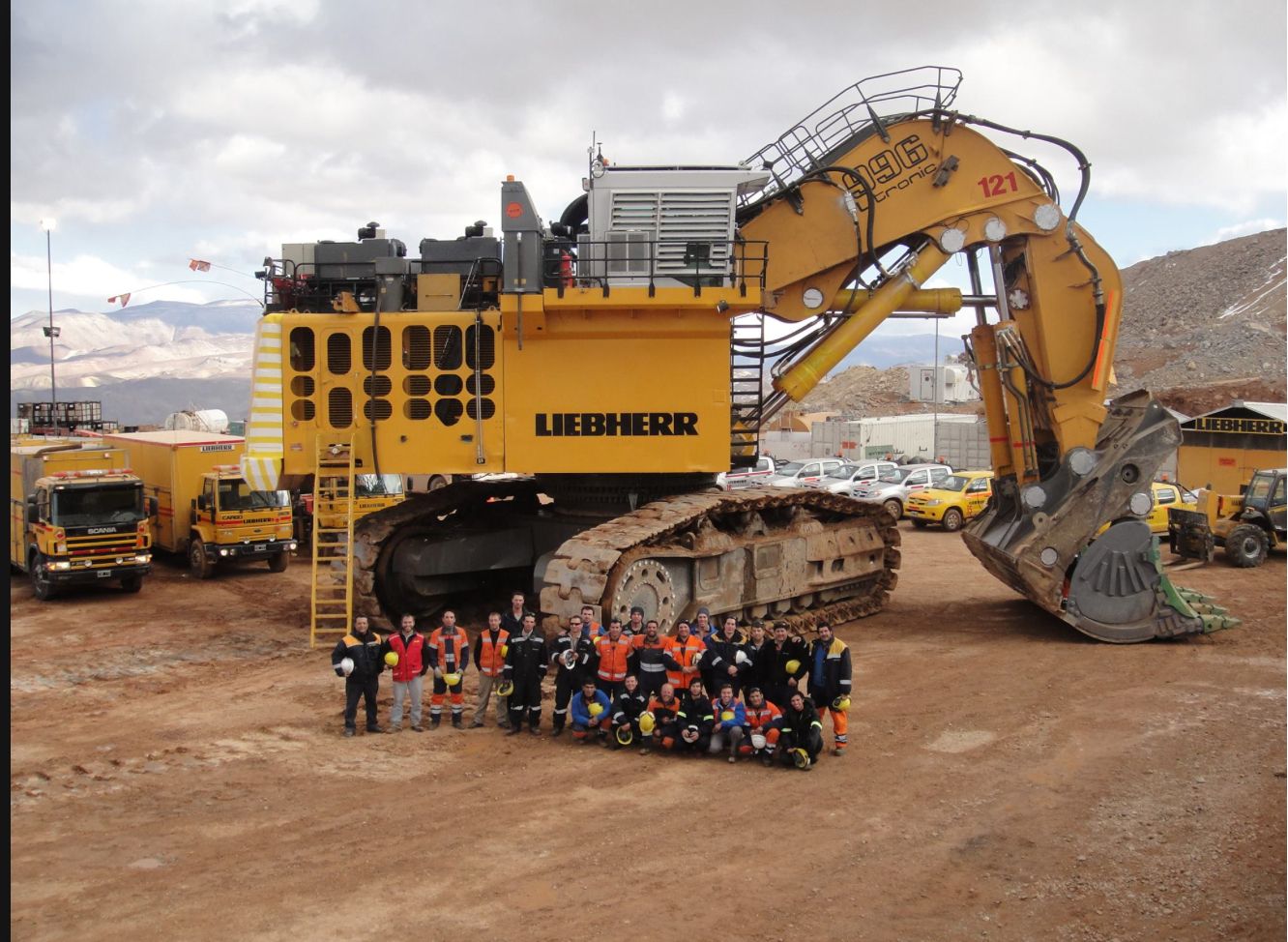
The rise of autonomous heavy equipment is another groundbreaking development. Self-driving haul trucks and autonomous loaders are becoming more prevalent in mining operations, offering increased efficiency and safety. These machines can operate around the clock without the need for rest or breaks, significantly improving productivity on large-scale projects.
Efficiency, however, is not the sole focus of the evolving heavy equipment landscape. Safety features have become paramount, addressing the inherent risks associated with operating these powerful machines. Collision detection systems, proximity sensors, and advanced camera technologies are now standard features, providing operators with enhanced visibility and reducing the likelihood of accidents.
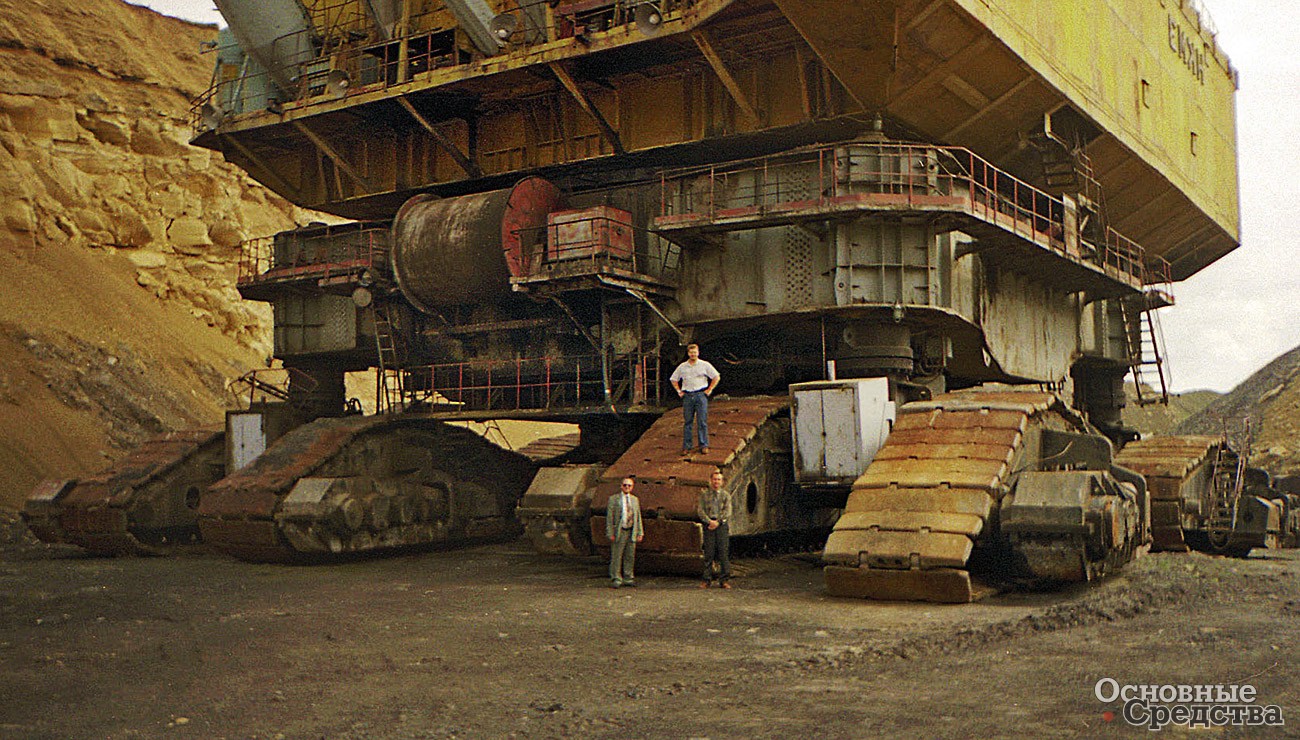
Moreover, heavy equipment manufacturers are increasingly incorporating sustainability into their designs. Fuel-efficient engines, emission-reducing technologies, and the use of alternative fuels are becoming standard practices. These eco-friendly measures not only align with global efforts to combat climate change but also contribute to cost savings over the lifespan of the equipment.
The advent of telematics and data analytics is yet another dimension of the transformation. Heavy equipment machines are now equipped with sensors that gather real-time data on performance, fuel consumption, and maintenance needs. This data is then analyzed to optimize machine operation, schedule predictive maintenance, and minimize downtime, resulting in a more efficient and cost-effective operation.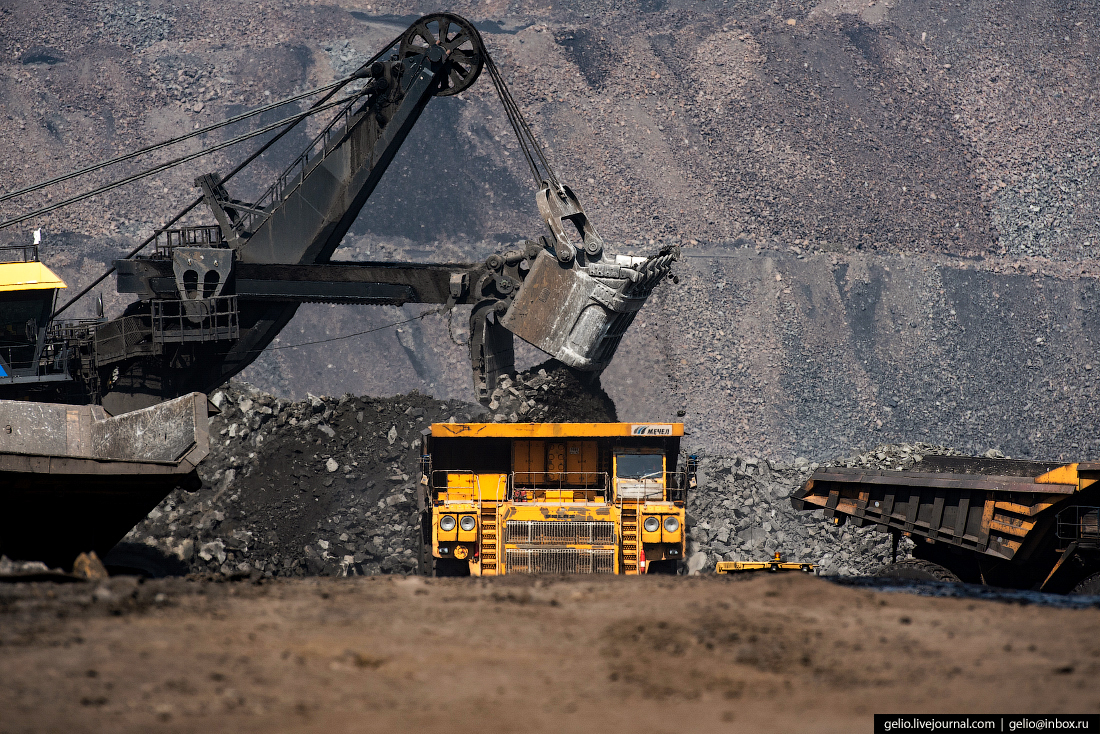
In conclusion, heavy equipment machines are experiencing a renaissance, propelled by technological innovations that are elevating their performance to new heights. Whether it’s the precision of excavators, the intelligence of bulldozers, the autonomy of haul trucks, or the focus on safety and sustainability, these machines are evolving to meet the demands of the modern construction and mining industries. As heavy equipment continues to advance, the impact on project efficiency, operator safety, and environmental sustainability will undoubtedly shape the future of these indispensable tools in the world of construction and beyond.

